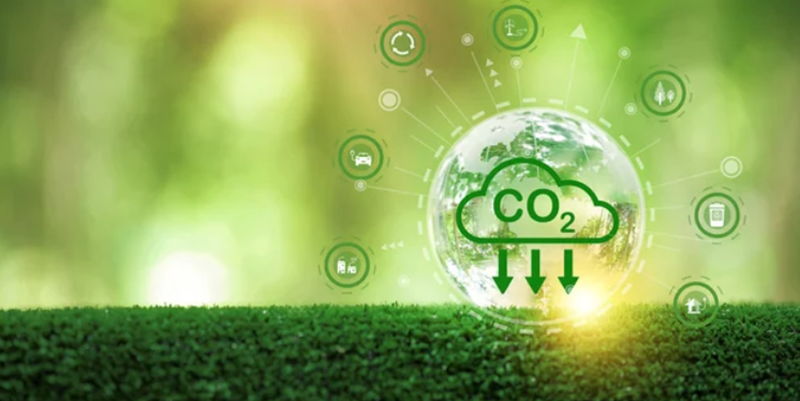The University of Cambridge has made a breakthrough in simplifying the identification of “hard-to-decarbonize” residences with the development of a novel “deep learning” model. By leveraging the power of artificial intelligence (AI), this model holds significant promise in addressing the challenge of improving the environmental sustainability of these homes, which account for over a quarter of all direct housing emissions.
Background on the challenge
Reducing greenhouse gas emissions from residential buildings is crucial in mitigating climate change. However, a substantial portion of housing emissions stems from the so-called “challenging-to-decarbonize” houses. These residences have posed a unique challenge due to difficulties in identifying and implementing sustainable solutions to reduce their emissions.
The Birth of an AI Model
Researchers at the University of Cambridge sought to tackle this challenge by creating an advanced AI model. The primary objective of this “deep learning” algorithm was to simplify the identification of “hard-to-decarbonize” houses, making it easier for policymakers to prioritize interventions.
Achievements of the AI model
Through rigorous training and testing, the AI model achieved an impressive classification accuracy of 90% for “challenging-to-decarbonize” houses. This high precision is expected to improve further as the dataset expands, enabling even more accurate identification of problematic residences. Such accuracy enables policymakers to optimize their resources and prioritize interventions effectively.
Applications of the model
The developed AI model has numerous practical applications. First and foremost, it serves as a valuable tool for guiding policymakers towards high-priority houses that require immediate attention in terms of decarbonization efforts. By leveraging the model’s insights, policymakers can save significant amounts of time and resources by focusing their efforts where they will be most impactful.
Moreover, the model also facilitates targeted interventions by providing valuable information about the geographical distribution of “hard-to-decarbonize” houses. Understanding the specific areas and communities affected allows authorities to implement region-specific approaches tailored to the unique challenges faced by different neighborhoods.
Calibration of the model
To ensure the accuracy and effectiveness of the AI model, it was initially calibrated using specific data from Cambridge, UK. This dataset included valuable information from Energy Performance Certificates (EPCs) as well as street and aerial view images. By utilizing real-world data, the researchers were able to fine-tune the model to accurately identify and classify “challenging-to-decarbonize” residences.
Success of the AI model
A significant milestone in the development of this AI model was its successful differentiation between 700 “challenging-to-decarbonize” houses and 635 non-CtD houses using publicly available open-source datasets. The model’s ability to accurately classify these homes demonstrates its capability to handle real-world scenarios and provides further validation for its effectiveness.
Advancements in the model
The researchers behind the AI model are not resting on their laurels. They are currently working on developing a more sophisticated framework that incorporates additional data layers. These layers include energy consumption patterns, poverty indicators, and even thermal imagery. By integrating these additional data sources, the model’s accuracy can be significantly enhanced while providing deeper insights into the characteristics of “hard-to-decarbonize” houses.
Enhanced accuracy and information
Expanding the dataset used to train the AI model is crucial for enhancing its accuracy and efficiency. The researchers plan to include a wider range of data, allowing the model to capture a more comprehensive understanding of the factors that contribute to the difficulty of decarbonizing specific homes. As the dataset grows, policymakers can rely on the model to make better-informed and data-driven decisions to address the challenges associated with these houses.
Future plans and collaboration
The ultimate goal of this research is to provide valuable insights to stakeholders and policymakers dedicated to decarbonization efforts. The researchers plan to share their findings with the Cambridge City Council, providing local authorities with a powerful tool to guide their sustainability initiatives. Furthermore, they aim to collaborate with other organizations focused on tackling decarbonization challenges, fostering a joint effort towards achieving the global target of reducing greenhouse gas emissions from residential buildings.
The University of Cambridge has developed an innovative AI model that simplifies the identification of “hard-to-decarbonize” residences. By achieving remarkable classification accuracy, and with the potential for further improvement as the dataset expands, the model serves as a valuable resource for policymakers. With targeted interventions and a deeper understanding of the geographical distribution of problematic homes, this AI model brings us one step closer to a more sustainable future.

